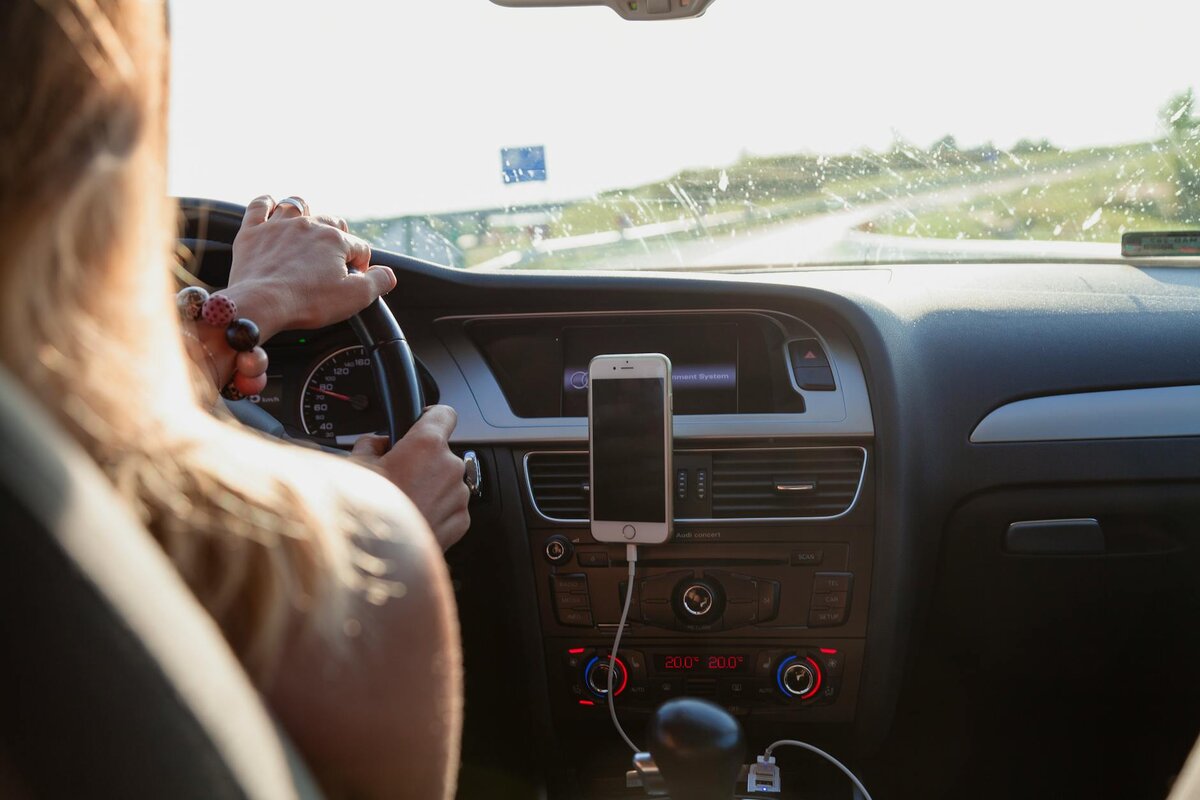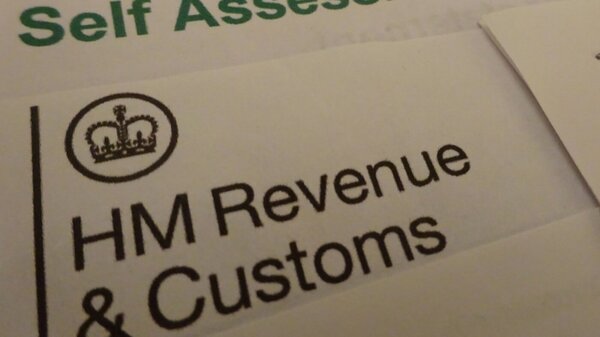Let’s Break This Down Together…
Struggling to figure out how to keep mileage records that HMRC will actually accept? Many people aren’t sure exactly what to write down or how detailed it needs to be.
In this guide, we’ll cover exactly what HMRC expects in your mileage log, the key details to record for every trip, and the best tools to make it easy. We’ll also highlight the most common mistakes to avoid so your claims sail through without questions.
By the end, you’ll know exactly how to keep bulletproof records that help you claim every penny you’re entitled to. without the stress. Let’s dive in
How to Keep Mileage Records That Satisfy HMRC
HMRC wants to see that you’re tracking actual business journeys, not making estimates. Here’s what they’re looking for.
Your records must be “contemporaneous” – that’s tax-speak for “written down at the time” rather than cobbled together months later.
For each journey, note the date, starting point, destination, exact mileage, and most importantly, the business purpose. Make sure to include all relevant information for each journey, as thorough information is essential for accurate mileage logging and tax claims. Vague descriptions won’t satisfy inspectors.
Keep everything for at least six years. Records must be kept for this period because HMRC can look back that far if they decide to check your claims.
If you claim for related costs, ensure these are expenses actually incurred during business travel and that you have supporting documentation.
Digital or paper doesn’t matter to HMRC – they just care that your system is consistent and accurate.
What Details to Record for Each Business Trip
For each journey, make sure you capture the full date of travel (day, month, year). This creates the foundation of your record.
Your starting point and destination with postcodes provide geographical proof. This helps verify the journey was necessary.
The exact mileage (using your odometer readings or a GPS app) gives precision that HMRC appreciates.
The specific business reason must be detailed and should clearly show the trip was business-related, i.e. necessary and directly connected to your work or business operations. “Client meeting with ABC Ltd to discuss project XYZ” works better than “business meeting.”
If you visit multiple places, record each leg of the business-related journey separately. This shows thoroughness in your record-keeping.
Don’t forget to note any related expense, such as parking fees or toll charges actually incurred – and keep those receipts!.

The Best Ways to Track Your Mileage
A simple spreadsheet works well if you’re disciplined about updating it after each trip. I used this method for years until I missed recording several journeys during a busy week. Both spreadsheets and dedicated apps assist in calculating mileage for the HMRC Mileage Allowance Relief scheme, making it easier to comply with the requirements of the scheme.
Dedicated mileage tracking apps can use your phone’s GPS to record exact routes and distances. Many offer automatic trip detection, which simplifies calculating eligible business mileage.
Traditional mileage logbooks sit in your glove compartment, ready for you to jot down details after each drive. Old-school but effective.
Whatever system you choose, the key is using it consistently. A fancy app won’t help if you forget to turn it on!
Current HMRC Mileage Allowance Rates
As of 2025, HMRC allows 45p per mile for cars and vans for the first 10,000 business miles in the tax year, based on the approved HMRC rates. After that, it drops to 25p per mile. HMRC typically updates these approved rates in April each year.
Motorcycles receive a flat approved rate of 24p per mile with no reduction. Bicycles are allowed 20p per mile.
If you carry passengers for business purposes, you can claim an extra 5p per mile per passenger. Payments or claims for business mileage are made according to these approved rates. This can add up quickly for team travel.
These rates cover fuel, wear and tear, insurance and all running costs. You can’t claim these expenses separately if you use mileage rates.
Claiming Tax Relief on Business Mileage
Claiming tax relief on your business mileage is one of the simplest ways to reduce your tax bill if you’re an employee using your own car for work trips. HMRC’s mileage allowance makes it easy to calculate how much you can claim for travel expenses, provided you keep the right records.
The current mileage allowance rate is 45p per mile for the first 10,000 business miles in a tax year, and 25p per mile after that. This covers all running costs, so you don’t need fuel receipts, but you do need to keep a log of your journeys, noting the date, start and end points, miles travelled, and the business reason.
If your employer reimburses you at less than the HMRC rate, you can claim tax relief on the difference through your self-assessment tax return or by using form P87. By keeping your records organised, you’ll ensure you get the full amount of tax relief you’re entitled to.

Common Mistakes That Trigger HMRC Questions
Round-number claims (like exactly 5,000 miles) look suspiciously like estimates. Always use precise figures from actual journeys.
Missing journey purposes or vague descriptions suggest poor record-keeping. Be specific about why each trip was necessary. There are two main tests HMRC uses to determine if a trip is business-related: whether the journey is necessary for work and whether it is to a temporary workplace.
Claiming the same mileage every month raises eyebrows. Business travel naturally varies throughout the year.
Implausible distances for specific journeys can be checked easily on mapping websites. Don’t exaggerate your miles.
Mixing up commuting (not claimable) with business travel (claimable) is a common error. Your regular workplace commute isn’t allowable either, but travel to a temporary workplace may qualify. Always distinguish between business and private journeys, as only business mileage is claimable.
Dramatic year-to-year changes without explanation often trigger questions. Be prepared to justify significant variations.
Setting Up a Simple Mileage Record System
Create a weekly routine – perhaps Sunday evenings – to ensure all your mileage is logged. Consistency prevents backlog.
Set calendar reminders to prompt you if you tend to forget. Technology can help maintain good habits.
Take photos of your odometer at the start and end of business journeys as backup evidence. These timestamps provide additional proof.
Review your records monthly, including checking records from the last month, to spot and fix any gaps while your memory is still fresh. This prevents year-end panic. Make sure that long business trips are recorded in detail to avoid missing important information.
For regular journeys, create templates with the standard details already filled in. This saves time while maintaining accuracy.
Back up digital records regularly – HMRC won’t accept “my computer crashed” as an excuse! Cloud storage offers peace of mind.

Final Thoughts
Keeping proper mileage records isn't just about keeping HMRC happy. It's about claiming every penny you're entitled to while having confidence your claims will stand scrutiny.
The small effort of maintaining good records pays off twice. Once when you reduce your tax bill, and again when you sail through any HMRC checks without stress.
With so many digital tools available today, there's really no excuse for poor mileage records. Find a system that works for you and stick with it.
Simplifying How to Keep Mileage Records That Satisfy HMRC Tax
The UK’s first personal tax app makes mileage tracking almost effortless, automatically applies the correct HMRC rates to your business trips.
You can easily track journeys to and from the office, as well as trips to temporary workplaces, which are important for HMRC compliance.
Pie stores your mileage records securely, maintaining the documenation HMRC requires. No more panicked searches for missing records when January’s self-assessment deadline looms.
We’ve designed the system to be simple enough for anyone to use, regardless of tax knowledge or tech skills. Just drive, let the app do its work, and enjoy knowing your mileage claims are watertight.
Curious to see how it works? Explore the Pie app today and take the headache out of your mileage claims.











